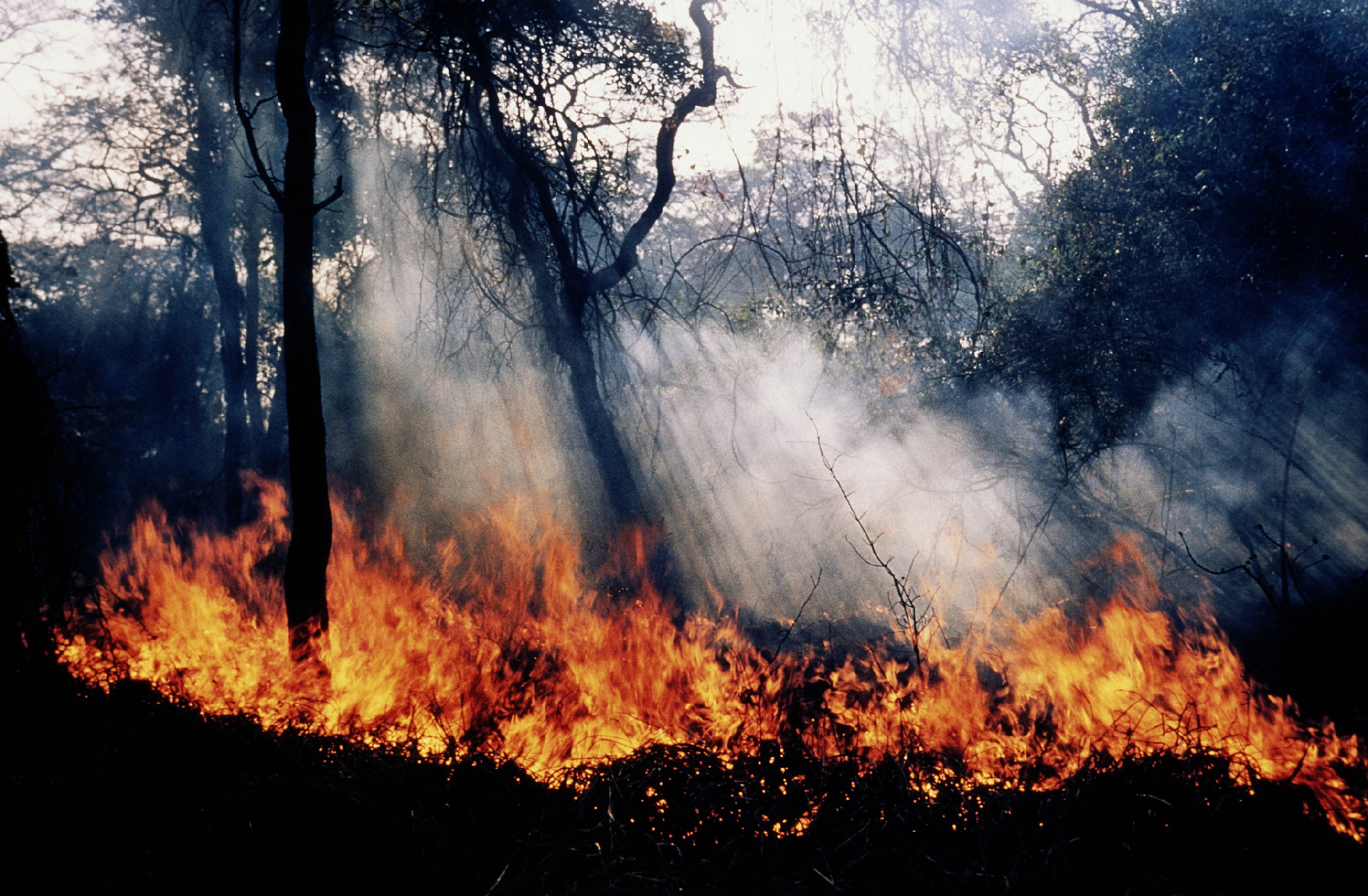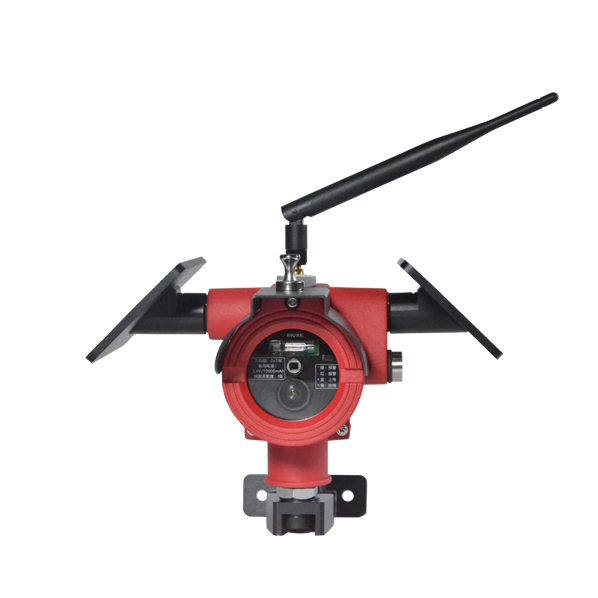

— Blogs —
—Products—
 Consumer hotline +8618073152920
Consumer hotline +8618073152920 WhatsApp:+8615367865107
Address:Room 102, District D, Houhu Industrial Park, Yuelu District, Changsha City, Hunan Province, China
Product knowledge
Time:2024-01-20 21:55:57 Popularity:1331
The forest protection weather station is a highly reliable field weather station specially developed to meet the needs of forest fire prevention. It prevents forest fires from occurring by monitoring wind speed and direction, air temperature, relative humidity, solar radiation and other meteorological factors that are prone to forest fires, and guides staff to carry out rapid and reasonable fire-fighting work when a fire occurs, so as to minimise property damage.
Forest weather stations are characterised by a high degree of integration, micro-power consumption, lightweight, and rapid installation and dismantling. These features make the forest weather station suitable for flexible deployment and adjustment in complex and changing forest environments to adapt to different observation objectives and needs. At the same time, it also has a variety of communication methods, such as wireless communication, satellite communication, 4G 5G communication, etc., which can achieve remote data transmission and real-time monitoring, and facilitate data collection and processing.

The forest protection weather station usually needs to be equipped with the following sensors:
1. Temperature and humidity sensors: used to measure the temperature and humidity levels in the forest environment. These data can help predict the fire danger level, assess the likelihood of fire, and take appropriate fire prevention measures.
2. Wind Speed and Direction Sensor: Used to monitor wind speed and direction in the forest. These data are important for predicting the path of fire spread, identifying fire zones and developing evacuation plans.
3. Barometric Pressure Sensor: Used to monitor the atmospheric pressure, which is important for predicting weather changes, judging fire trends and taking appropriate measures in advance.
4. Rain gauge: Used to measure the amount of rainfall, which is essential for assessing the risk of spreading forest fires and selecting appropriate fire prevention strategies.
5. Soil temperature and humidity sensors: Used to monitor the temperature and humidity of the soil, these data are important for understanding the soil moisture status, vegetation growth status and fire risk level.
6. CO2, CH4, H2 and other gas sensors: used to monitor the various gases produced by combustion, which can be used as the basis for fire detection.
7. Illuminance sensors: Used to measure light intensity, which plays an important role in understanding the light conditions of the forest and the growth of vegetation.
In addition to the previously mentioned sensors, forest protection weather stations can be equipped with the following other types of sensors:
8. UV sensors: used to monitor the intensity of ultraviolet light, which helps to assess the risk of forest fires and the likelihood of fire spread.
9. PM2.5/PM10 sensors: used to monitor suspended particulate matter in the air, especially fine particulate matter (PM2.5) and coarse particulate matter (PM10), which can carry heat and chemicals that increase the risk and severity of fires.

10. Flame sensors: Used to monitor the presence and intensity of flames, they can provide real-time alerts and information on the location of the fire source in the event of a fire.
11. Infrared Sensors: Used to monitor heat radiation from an object, they can detect the source and intensity of a fire at night or in low light conditions.
These sensors can be selected and configured according to actual needs to provide more comprehensive and accurate environmental monitoring data to help prevent and respond to forest fires and protect forest resources and the ecological environment.
In addition to the above sensors, the Forest Protection Weather Station can also be configured with other types of sensors as needed to comprehensively monitor various meteorological elements and ecological conditions in the forest environment. Comprehensively analysing these data can help improve the effectiveness of fire prevention and response, and reduce fire damage to forest resources and the ecological environment.
Related recommendations
Sensors & Weather Stations Catalog
Agriculture Sensors and Weather Stations Catalog-NiuBoL.pdf
Weather Stations Catalog-NiuBoL.pdf
Related products
 Combined air temperature and relative humidity sensor
Combined air temperature and relative humidity sensor Soil Moisture Temperature sensor for irrigation
Soil Moisture Temperature sensor for irrigation Soil pH sensor RS485 soil Testing instrument soil ph meter for agriculture
Soil pH sensor RS485 soil Testing instrument soil ph meter for agriculture Wind Speed sensor Output Modbus/RS485/Analog/0-5V/4-20mA
Wind Speed sensor Output Modbus/RS485/Analog/0-5V/4-20mA Tipping bucket rain gauge for weather monitoring auto rainfall sensor RS485/Outdoor/stainless steel
Tipping bucket rain gauge for weather monitoring auto rainfall sensor RS485/Outdoor/stainless steel Pyranometer Solar Radiation Sensor 4-20mA/RS485
Pyranometer Solar Radiation Sensor 4-20mA/RS485
Screenshot, WhatsApp to identify the QR code
WhatsApp number:+8615367865107
(Click on WhatsApp to copy and add friends)
